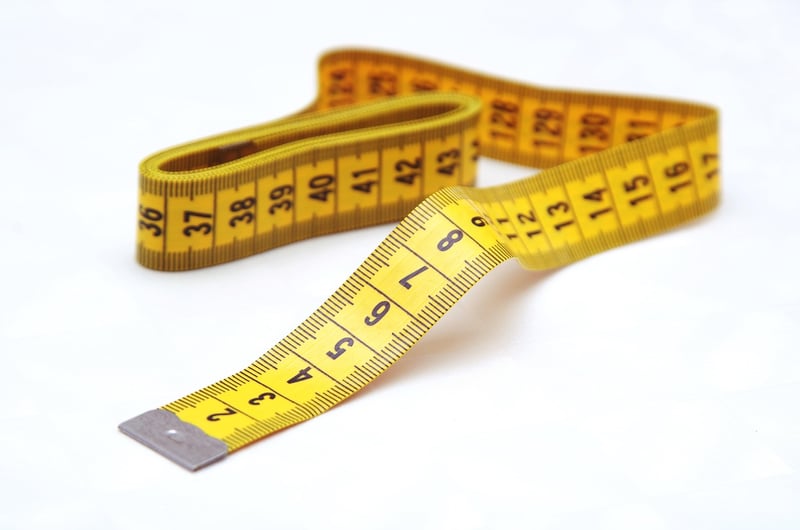Preventive Measures
Dealing with Plant Pests and Preventive Measures
Introduction to Plant Pests
When cultivating plants, dealing with pests is a common challenge that many gardeners face. Plant pests can cause significant damage to your plants, affecting their growth and overall health. It's essential to identify and address these pests promptly to protect your garden.
Common Types of Plant Pests
1. Aphids: These small, soft-bodied insects feed on plant sap, causing leaves to yellow and curl.
2. Spider Mites: These tiny pests can create fine webbing on plants and cause stippling on leaves.
3. Caterpillars: The larvae of moths and butterflies, caterpillars can consume large portions of plant leaves.
Dealing with Plant Pests
1. Manual Removal: Pick off larger pests like caterpillars by hand and drop them into a bucket of soapy water to eliminate them.
2. Natural Predators: Encourage beneficial insects like ladybugs and lacewings that feed on plant pests to establish a natural balance in your garden.
3. Neem Oil: Use neem oil as a natural insecticide to control a wide range of pests while being safe for beneficial insects.
Preventive Measures
1. Maintain Plant Health: Healthy plants are more resistant to pests, so ensure they receive adequate sunlight, water, and nutrients.
2. Crop Rotation: Avoid planting the same type of crop in the same location year after year to reduce the buildup of pest populations.
3. Companion Planting: Grow plants that repel pests or attract beneficial insects to help protect your garden naturally.
Conclusion
By being proactive and implementing preventive measures, you can effectively deal with plant pests and protect your garden from potential damage. Remember to monitor your plants regularly and take prompt action if you notice any signs of pest infestation.

For more information on plant pests and prevention, visit Royal Horticultural Society.
